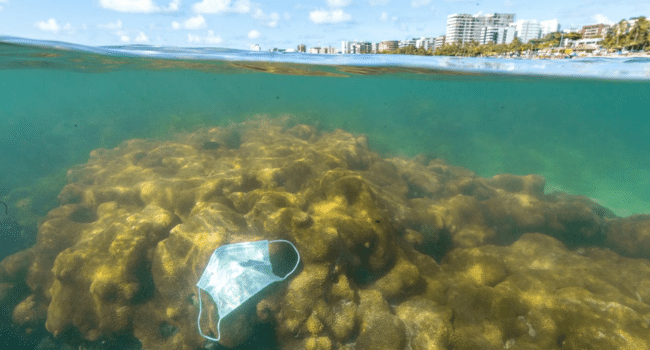Table of Contents
If you’ve been researching water management solutions for construction or environmental projects, you might have noticed a few different terms floating around – turbidity curtains or barriers, and silt curtains or barriers. It can get a little confusing, but the good news is they all describe the same essential piece of equipment. Whether you call them a turbidity barrier or a silt curtain, understanding how they work – and how to choose the right one – is key to keeping your project compliant and environmentally responsible.
What Exactly Is a Silt Curtain?
A silt curtain is a floating barrier that sits in the water and extends downward to trap suspended sediments. When construction, dredging, or other work disturbs the sea, river, or lakebed, loose particles can cloud the water and drift into nearby areas. A silt curtain creates a controlled environment, containing the disturbed sediment within a defined area until it settles naturally or can be safely removed.
They usually consist of a flotation boom on the surface, a curtain made from geotextile fabric hanging below, and ballast weights at the bottom to keep everything stable. Anchoring systems keep the curtain in place, even with changes in tides, currents, or wind.
Where Are They Used?
Turbidity curtains are commonly used in projects where underwater surfaces are disturbed and sediment needs to be contained. It ensures compliance with environmental regulations and protects sensitive habitats from avoidable damage. Some common examples include:
- Bridge construction and repairs.
- Dredging operations.
- Marina and port developments.
- Pipeline installations.
- Boat ramp constructions.
- Environmental restoration projects.
Different Class Types
Depending on the site conditions, such as water movement, wave height, and project duration, you’ll need to choose the correct class type of silt curtain to get the job done properly.
Class Type 1: These curtains are ideal for calm water conditions such as ponds, lakes, canals, and sheltered bays. They’re perfect for short-term projects where currents and wave action are minimal, and their lightweight design makes them easy to install and reposition if needed.
Class Type 2: These curtains are a step up and are suited for moderate conditions that involve stronger currents, tidal changes, and small waves, such as rivers, estuaries, and partially sheltered coastal areas. They’re built tougher to handle more movement without failing.
Class Type 3: These curtains are heavy-duty barriers made for open water environments where strong currents, significant tidal flows, and larger waves are expected. Ports, harbours, and offshore projects often call for this level of strength and durability.
Class Type 4: While less commonly referenced, Class Type 4 curtains are specialised designs custom-built for very challenging conditions. Examples include high-flow rivers during flood events or long-term industrial dredging operations. These curtains are reinforced to handle extreme conditions over an extended period.
Choosing the Right Curtain for Smooth Waters Ahead
While there are many names for turbidity curtains, they all refer to the same solution. However, the class type selected can make all the difference – matching the curtain to the water conditions ensures the environment is protected, keeping your project on track, and meeting all necessary compliance requirements. No matter the project size or complexity, getting it right from the start helps keep both your site and the surrounding environment safe and sound.
